It is an ancient art form. We've terrified each other with tales that trigger the less logical parts of our imaginations for as long as we've told stories. What we’ve learned is that audiences willingly offer themselves up to sadistic storytellers to be scared witless. Perhaps we are engrossed with these tales of terror because we get a basic thrill from it all. Or maybe, horror stories serve a wider moral purpose.
But when it comes to horror movies, they deliver thrills as well as exploring the dark, forbidden side of life and death. They also provide a compelling mirror image of the anxieties of their time. Nosferatu for example, isn't just a tale of vampirism, but offers heart-rending images of a town beleaguered by premature and random deaths; echoing the Great War and the Great Flu Epidemic fatalities.
Each generation gets the horror films it deserves, and one of the more fascinating aspects of the genre is the changing nature of the monsters who present a threat. Through the 1920s came from Germany's expressionist movement, with films like The Cabinet of Dr. Caligari and Nosferatu influencing the next generation of American cinema. And then 10 years later, Universal Studios becomes the epicenter of all horror movies.
So you wanna see how the horror genre evolved?
Here are 31 classic horror movies that changed the genre of horror forever.
2. Nosferatu (1922)
3. The Phantom of the Opera (1925)
4. Dr. Jekyll and Mr. Hyde (1931)
5. Dracula (1931)
6. Frankenstein (1931)
7. Freaks (1932)
8. The Mummy (1932)
9. The Invisible Man (1933)
10. Bride of Frankenstein (1935)
11. Son of Frankenstein (1939)
12. The Wolf Man (1940)
13. The Creature of the Black Lagoon (1954)
14. Invasion of the Body Snatchers (1956)
15. Eyes Without A Face (1960)
16. Psycho (1960)
17. The Innocents (1961)
18. Carnival of Souls (1962)
19. The Birds (1963)
20. The Haunting (1963)
21. Rosemary’s Baby (1968)
22. Night of the Living Dead (1968)
23. The Wicker Man (1973)
24. Don’t Look Now (1973)
25. The Exorcist (1973)
26. The Texas Chainsaw Massacre (1974)
27. Jaws (1975)
28. The Omen (1976)
29. Carrie (1976)
30. Halloween (1978)
31. Alien (1979)
So grab some candy and pop in one of these instant Halloween classics for a spooky night in.

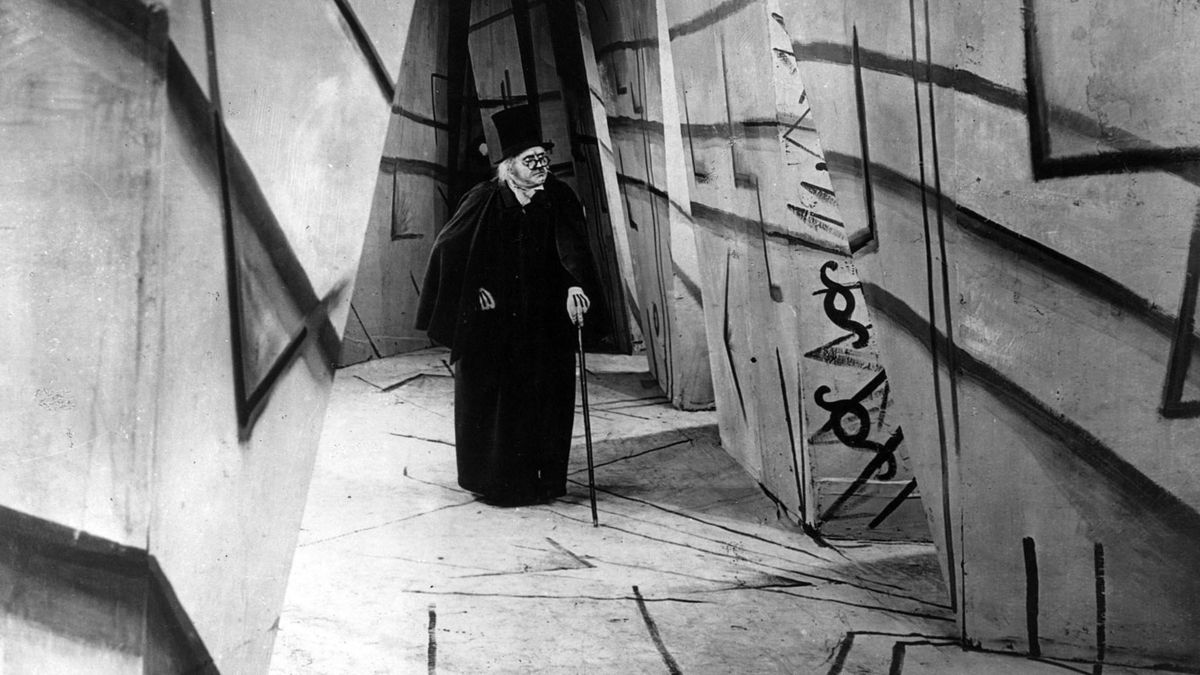
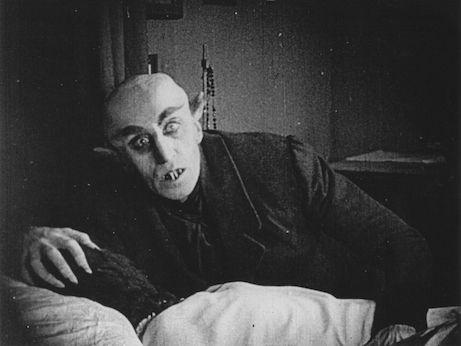
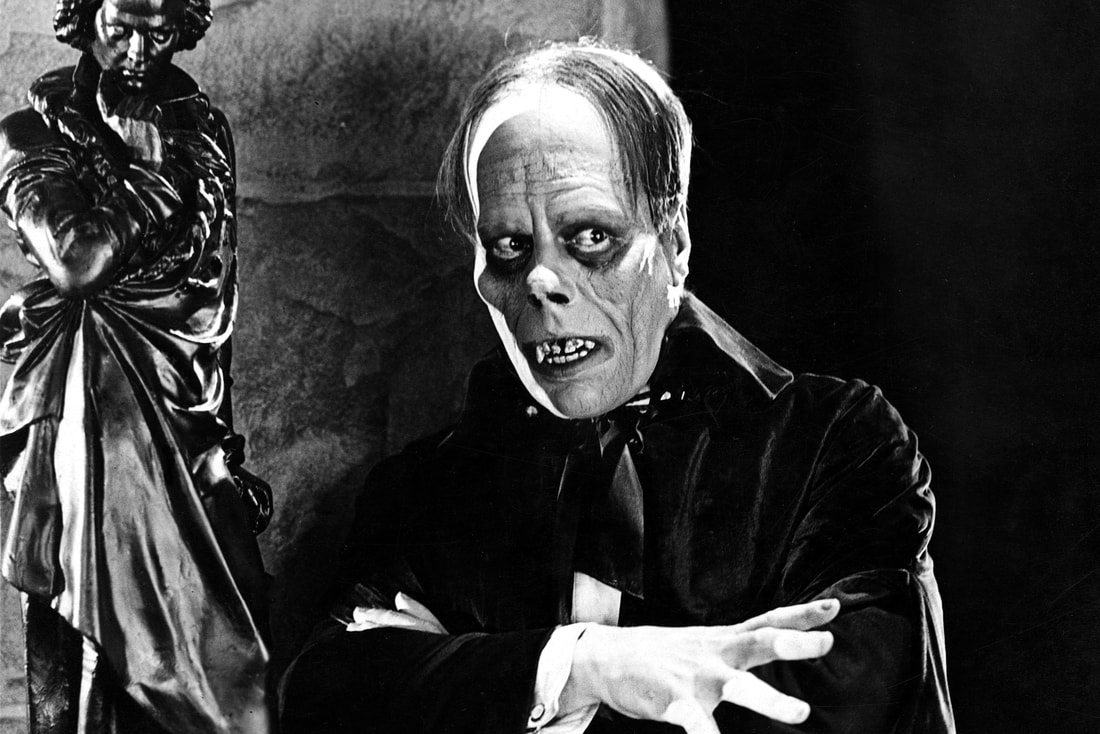
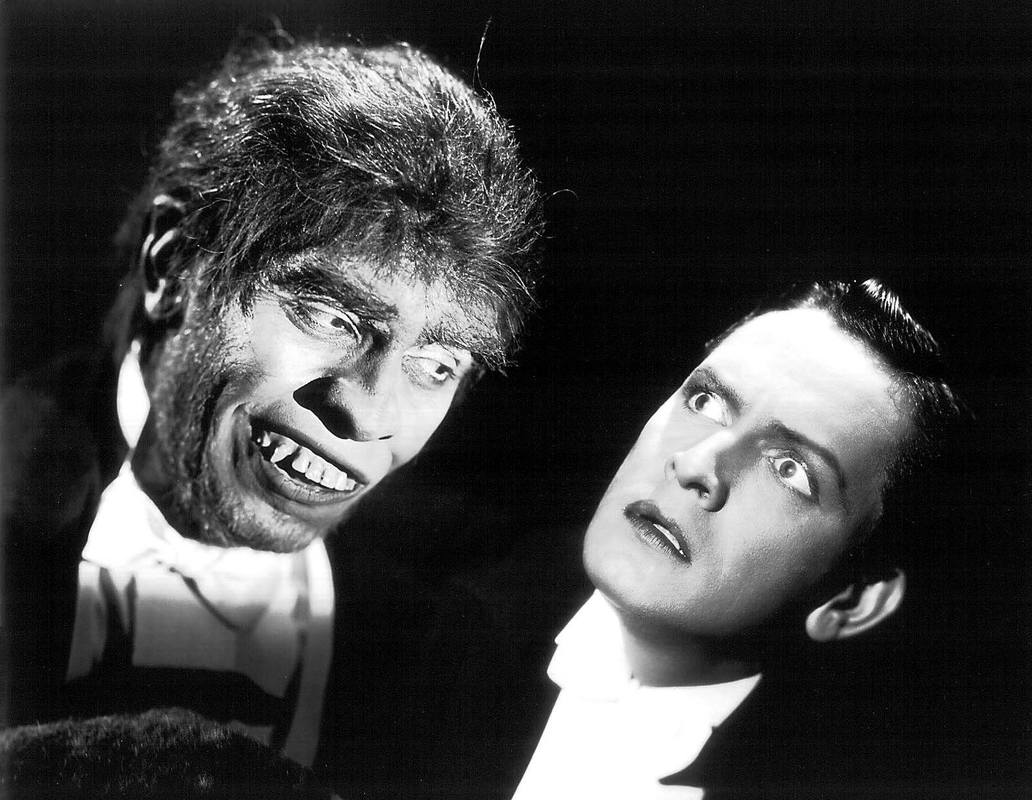
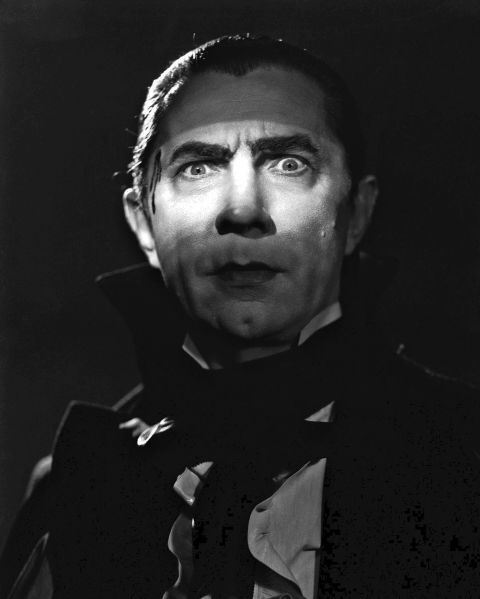
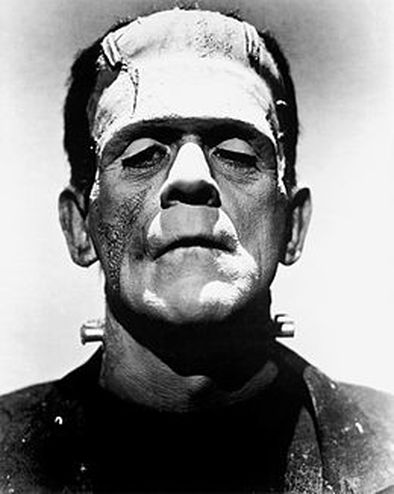
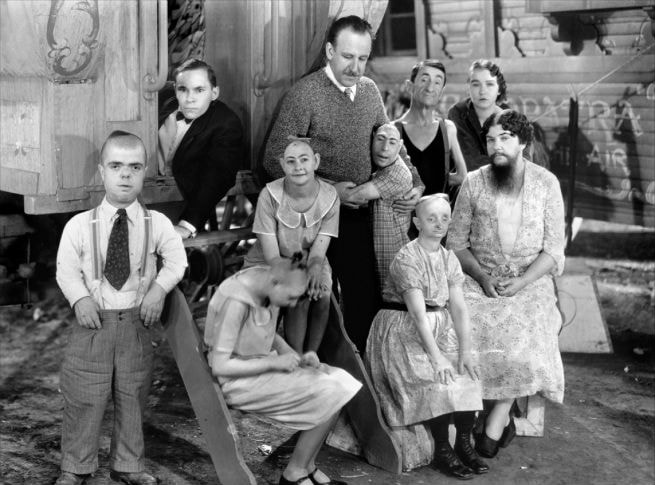
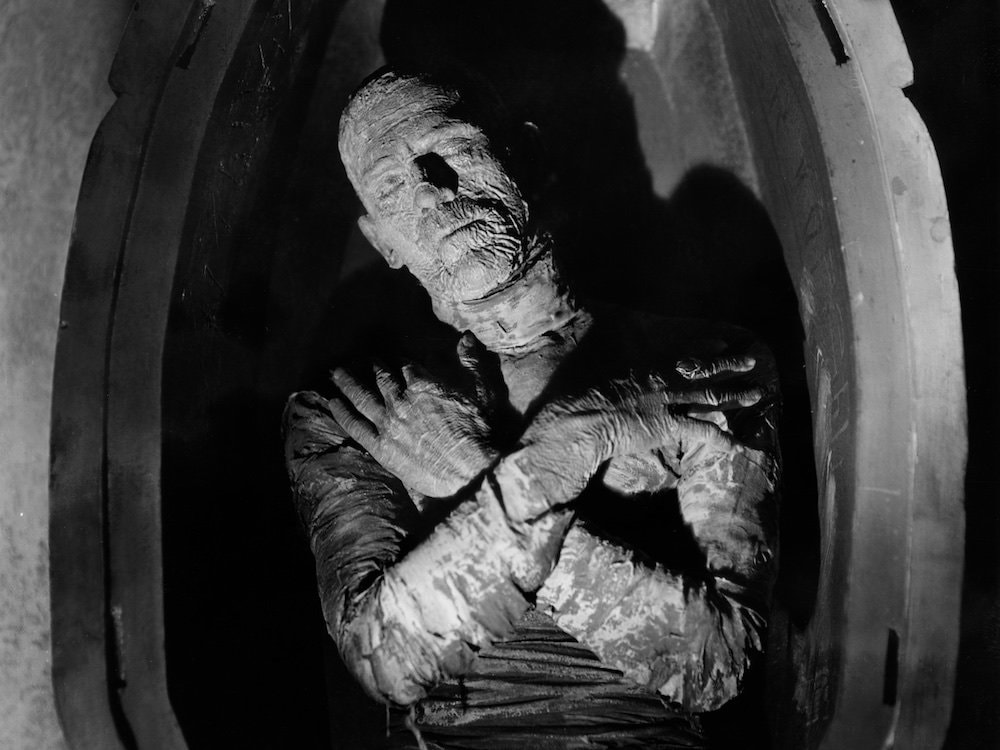
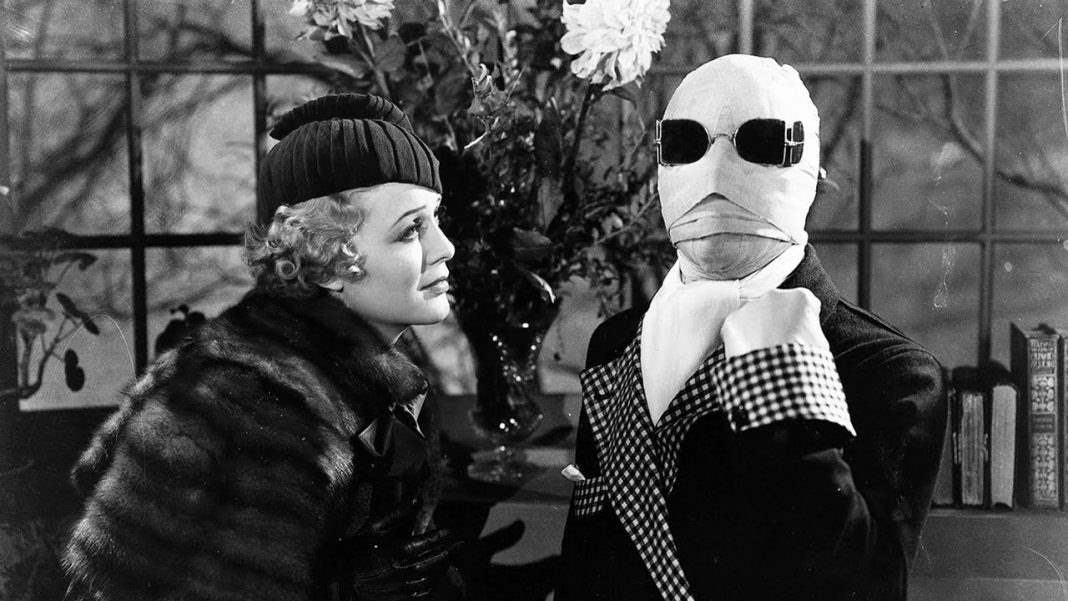
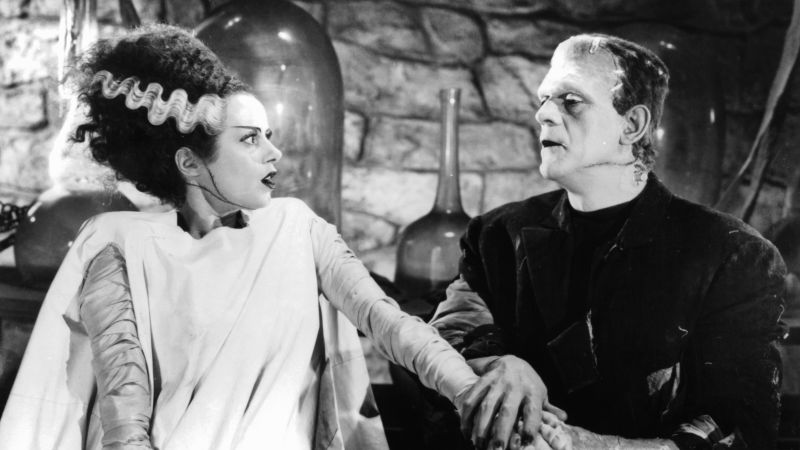
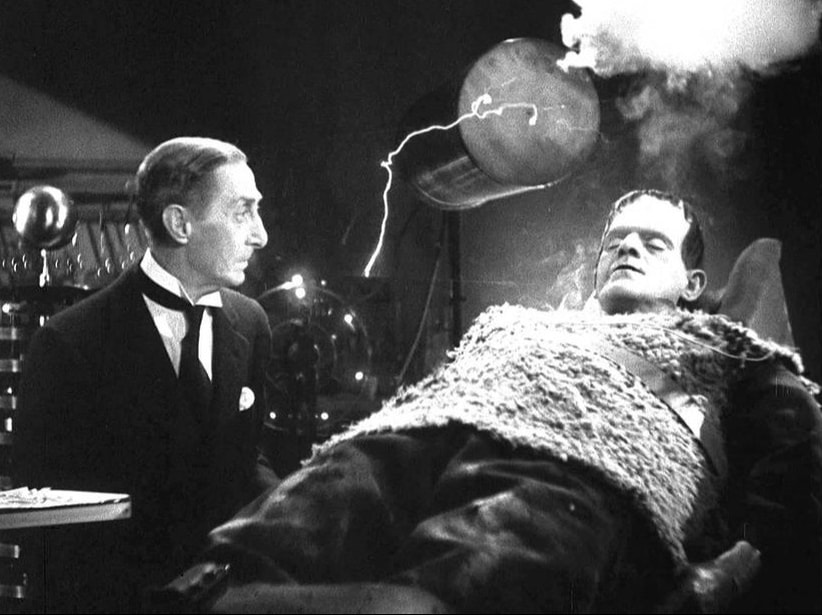
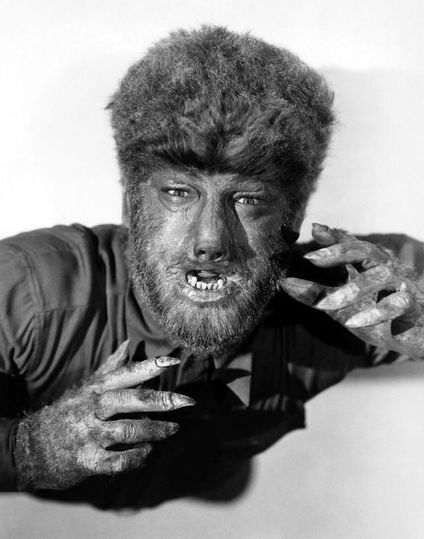
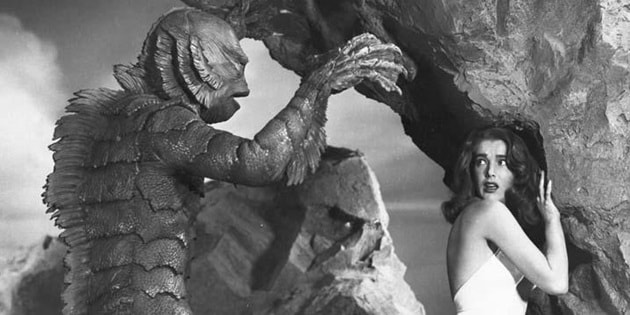
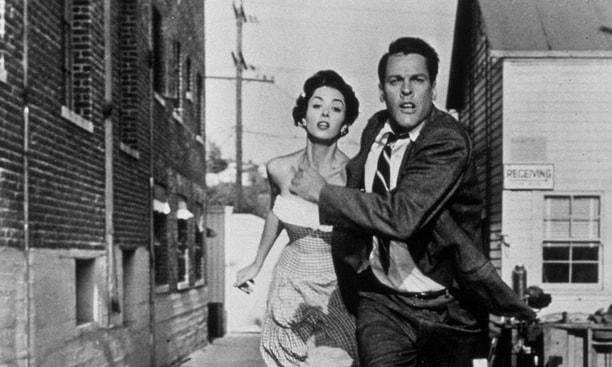
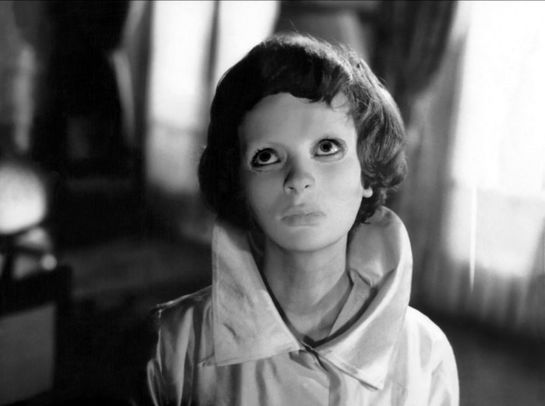
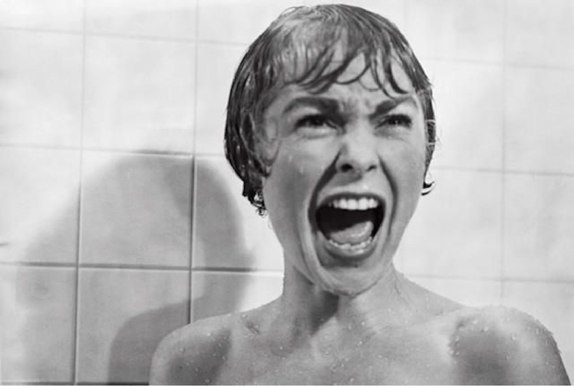
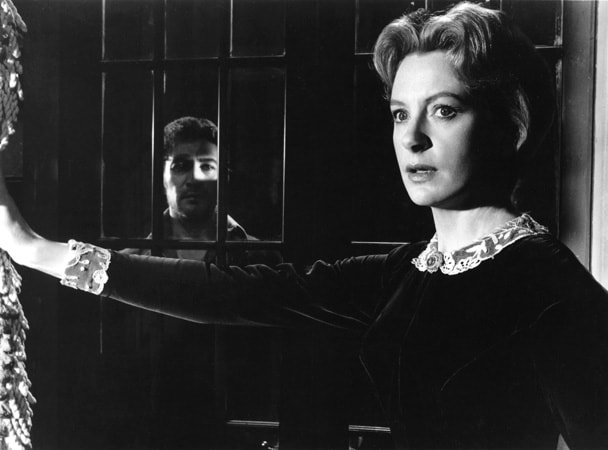
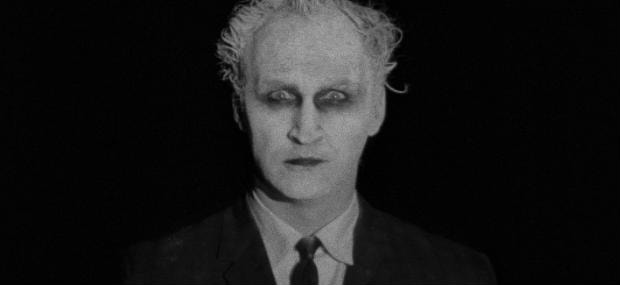
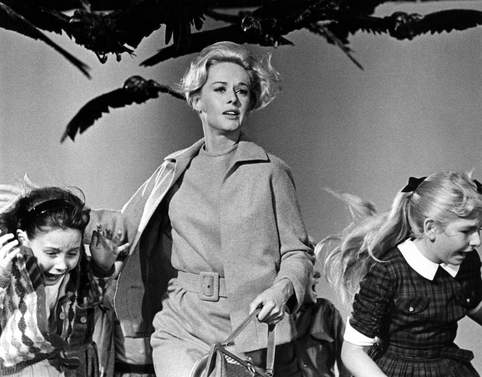
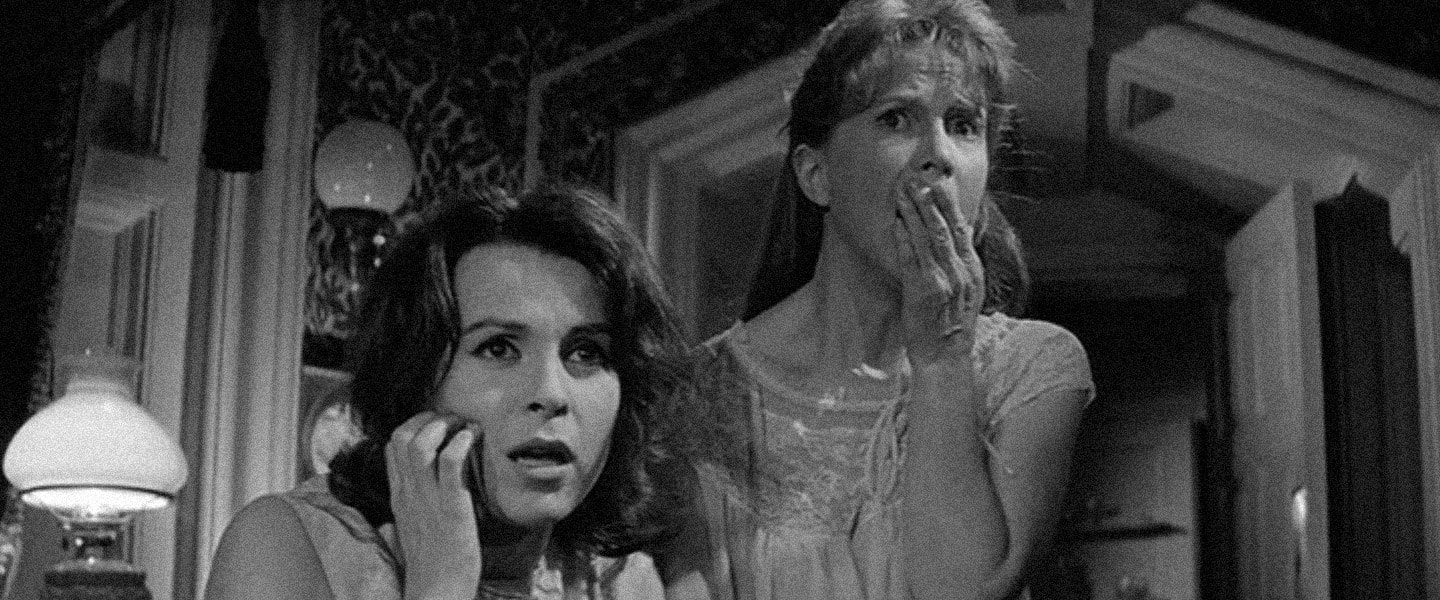
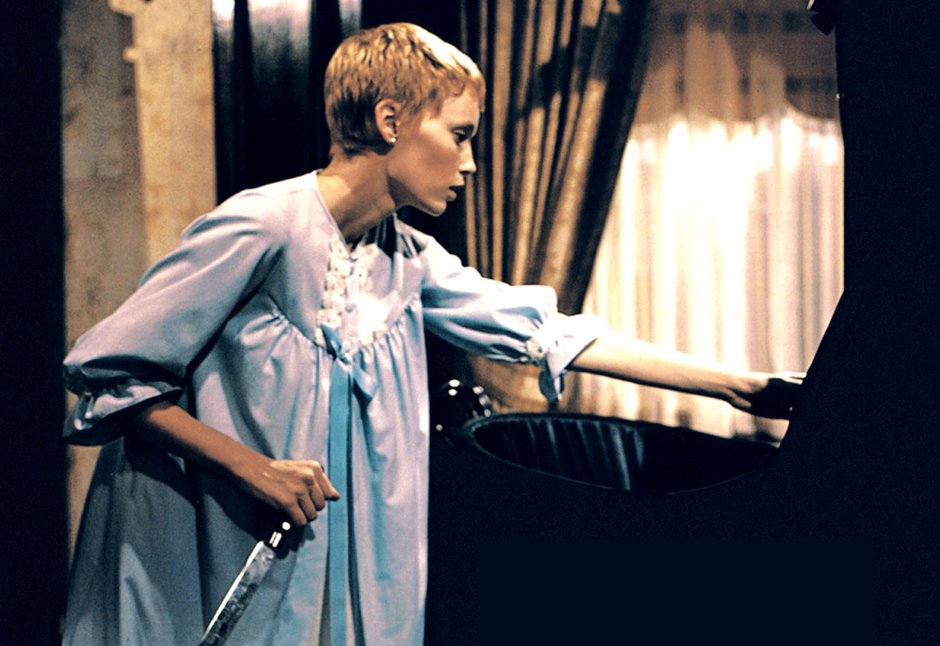
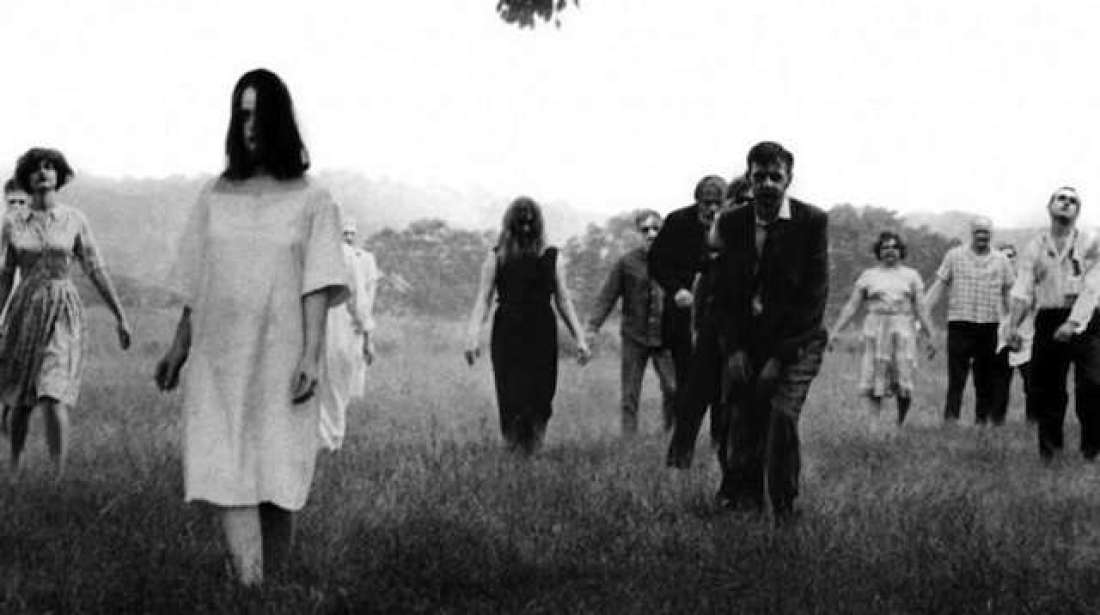
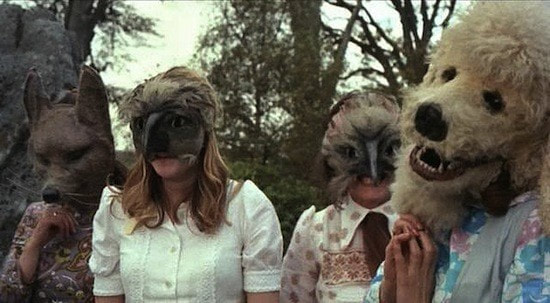
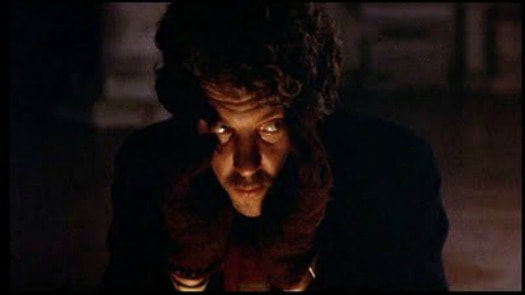
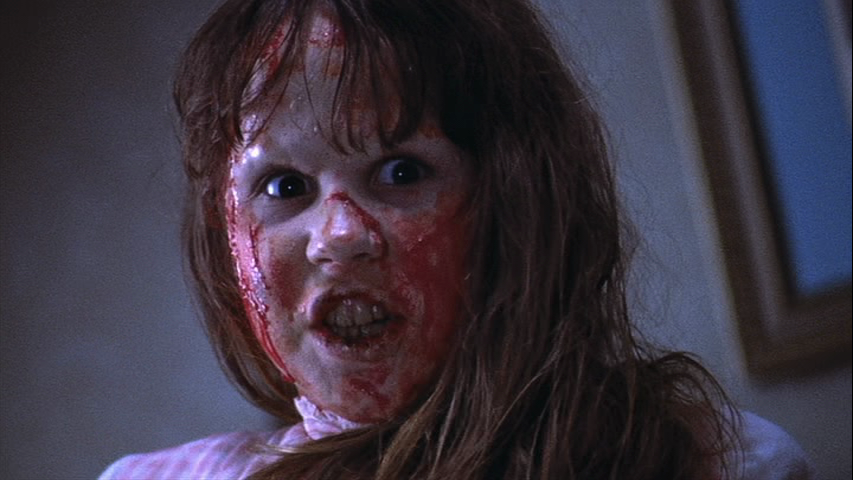
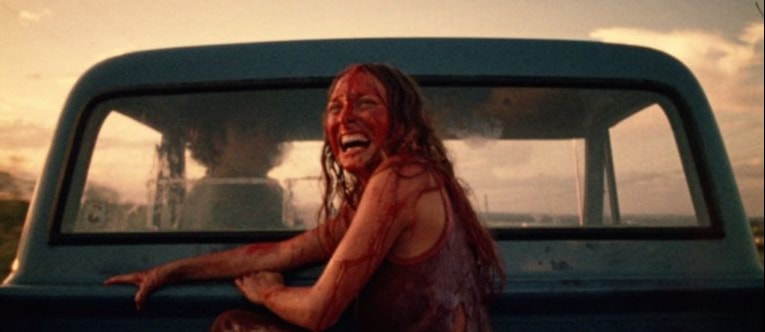
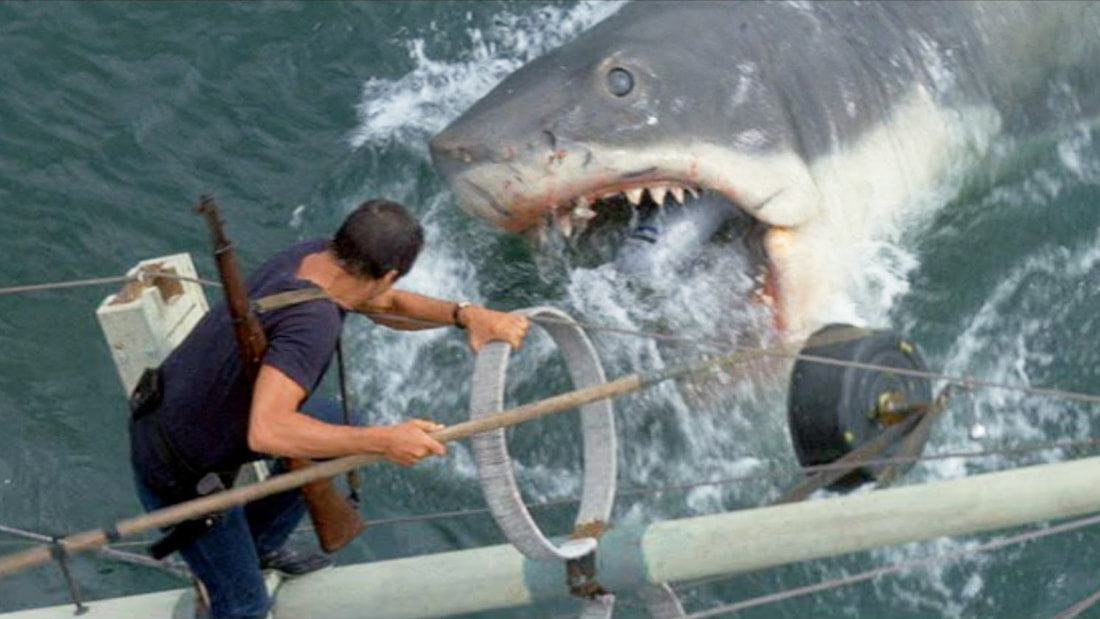
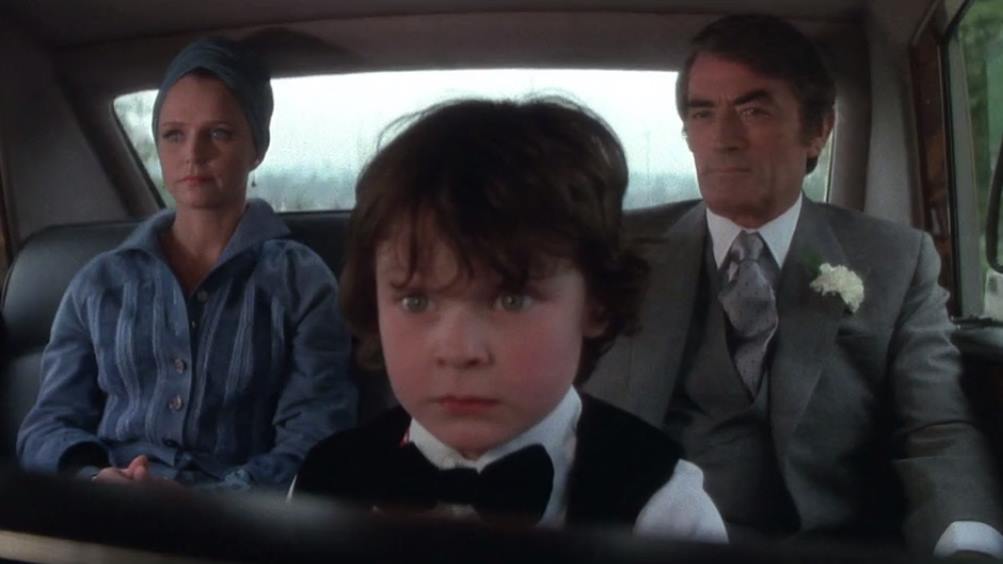
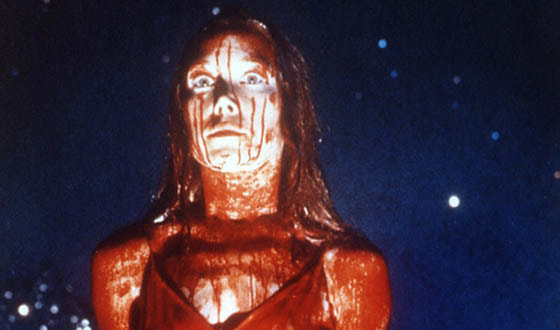

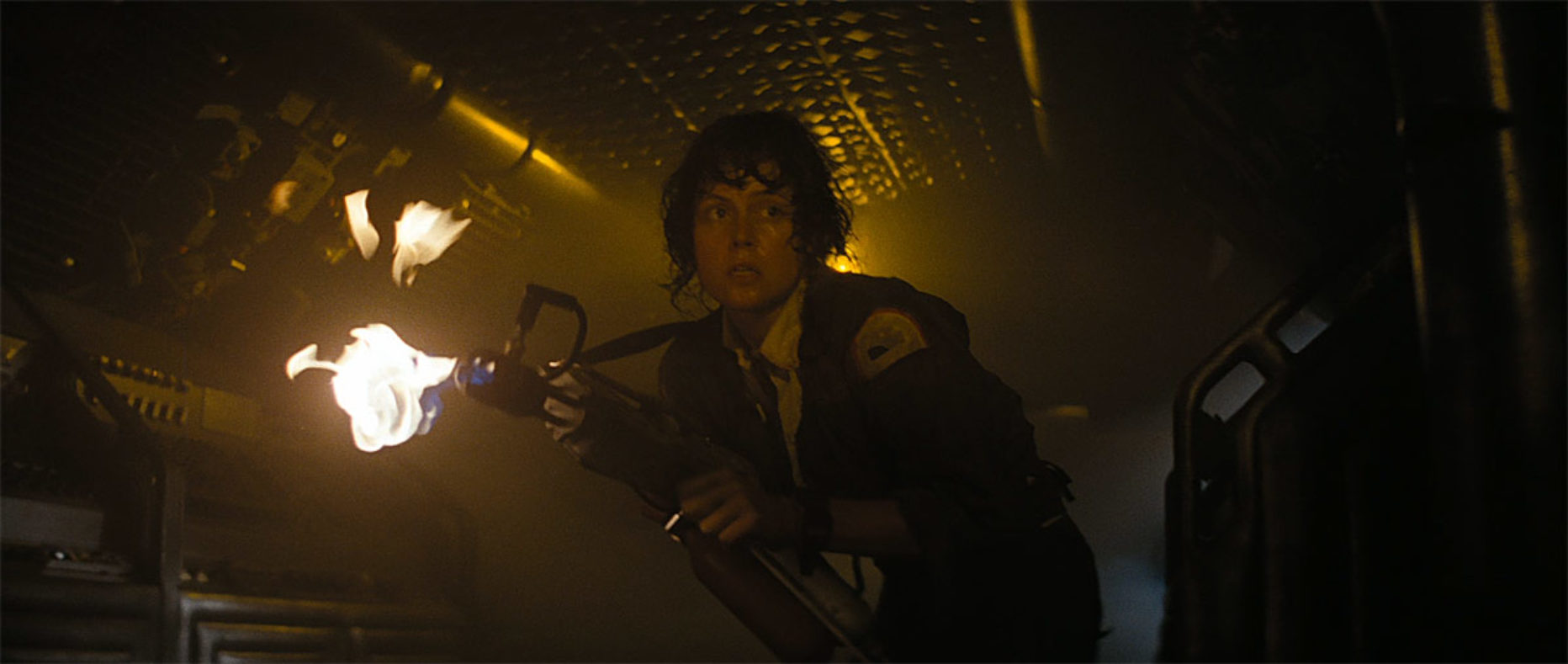
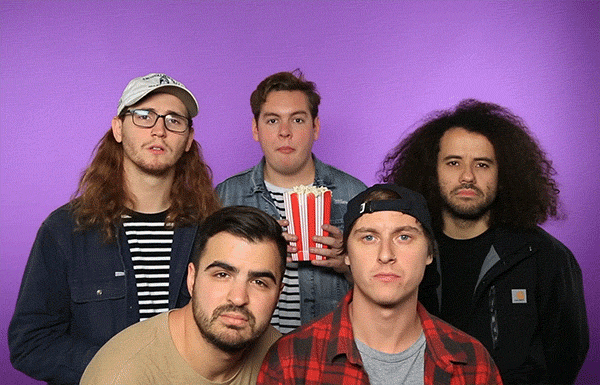
 RSS Feed
RSS Feed
